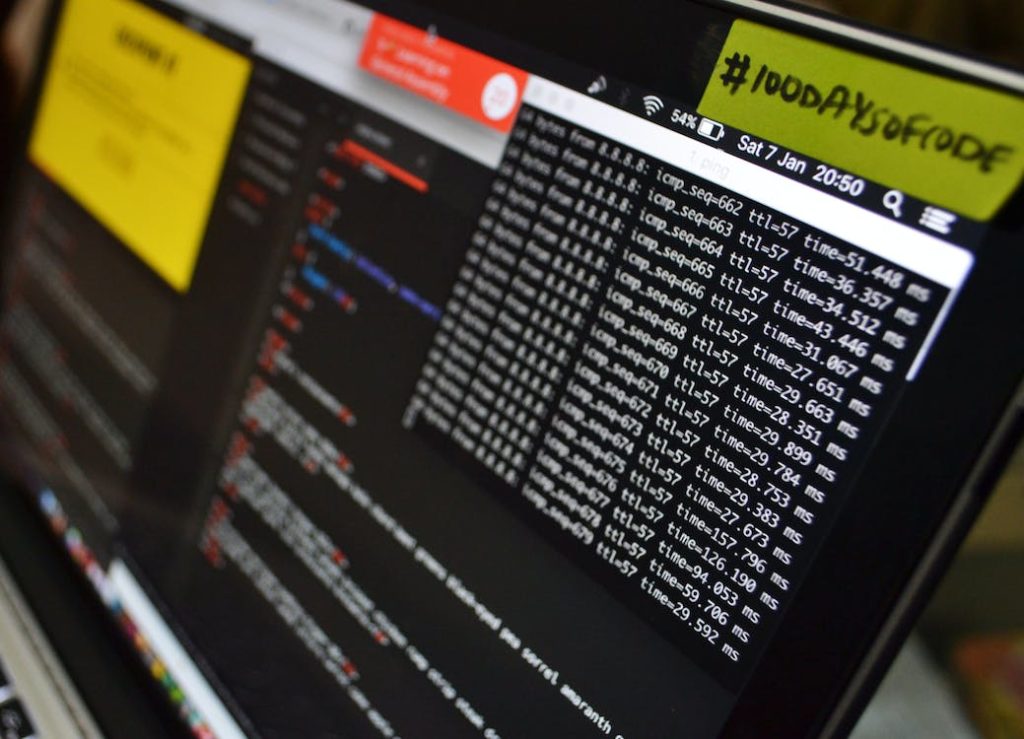The Frequency Theory is a popular strategy among lottery players. It involves analyzing past lottery results to identify ‘hot’ and ‘cold’ numbers in hopes of predicting future draws. But does this theory hold any water? In this article, we’ll delve into the Frequency Theory and its effectiveness in lottery games.

Understanding the Frequency Theory in Lottery
Definition
The Frequency Theory, or Hot Number Theory, is based on the idea that certain numbers appear more frequently in a series of draws or events. These numbers are referred to as “hot numbers.” Conversely, numbers that appear less frequently are termed “cold numbers.”
Application in Lotteries
In the context of lotteries, the Frequency Theory suggests that by analyzing past draws, one can identify numbers that are more likely to be drawn in future games. Here’s how it’s typically applied:
- Data Collection: Collect data from past lottery draws, ideally over a significant period.
- Analysis: Analyze the frequency with which each number has been drawn.
- Identification of Hot Numbers: Identify the numbers that have been drawn more frequently than others. These are the “hot numbers.”
- Selection Strategy: Use the hot numbers to inform your selection in future lottery draws.
Mathematical Basis
The Frequency Theory is rooted in probability and statistics. By analyzing a large enough sample of data, patterns may emerge that can be used to make predictions. However, it’s worth noting that in a truly random system, such as a fair lottery draw, the occurrence of hot numbers may be coincidental.
Criticism and Controversy
The Frequency Theory is not without its critics. Some argue that the identification of hot numbers is merely a result of random variation and that these patterns have no predictive value. In a fair and random lottery, each number should have an equal chance of being drawn, regardless of past occurrences.
Practical Considerations
While the Frequency Theory may not guarantee success, it has been used by some players as part of their lottery strategy. Here are some practical considerations:
- Data Quality: Accurate and comprehensive data is essential for identifying genuine patterns.
- Time and Effort: Analyzing past draws can be time-consuming and requires a methodical approach.
- Legal and Ethical Considerations: Always ensure that your approach complies with the rules and regulations of the lottery you are playing.
The Science Behind the Frequency Theory in Lottery
The Frequency Theory is rooted in the field of statistics. By analyzing a large set of data (in this case, past lottery results), it’s possible to identify patterns or trends. However, it’s important to note that while certain numbers may appear more frequently in the data set, this does not necessarily mean they will continue to do so in the future.
The Effectiveness of the Frequency Theory in Lottery
While the Frequency Theory may sound logical, it’s important to remember that lottery draws are designed to be random. This means that each number has an equal chance of being drawn, regardless of its past performance. Therefore, despite the patterns observed in past draws, the Frequency Theory cannot increase your chances of winning the lottery.
Conclusion
While the Frequency Theory can be a fun way to engage with the lottery and choose your numbers, it’s important to remember that it does not increase your chances of winning. The best strategy for playing the lottery is to play responsibly and not spend more money than you can afford to lose.
References
– Lottery Critic: Lottery Strategies That Don’t Work
– Lottery Post: Hot & Cold Numbers
